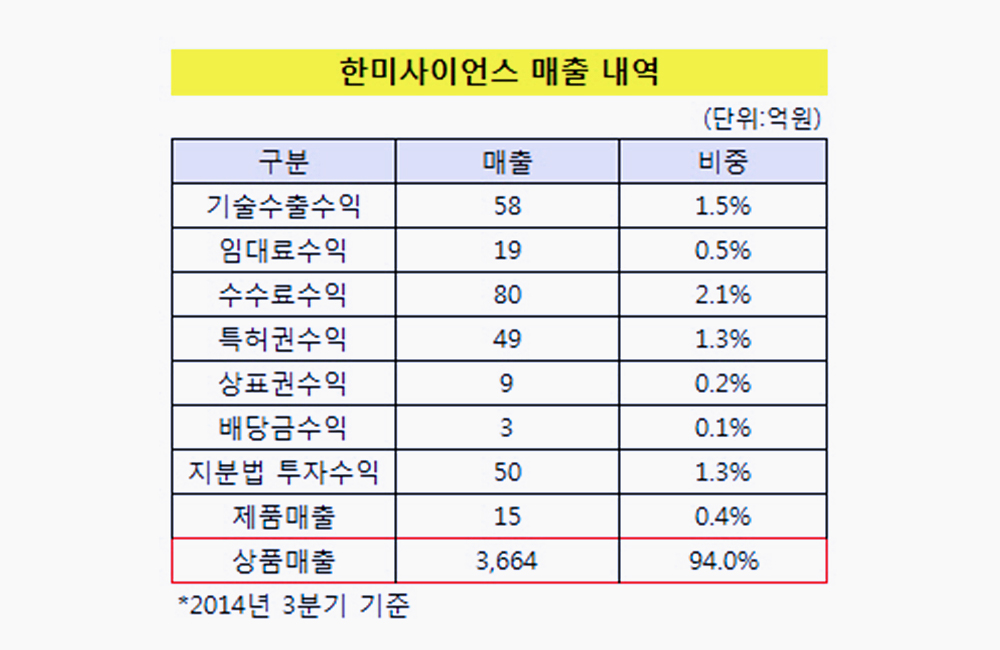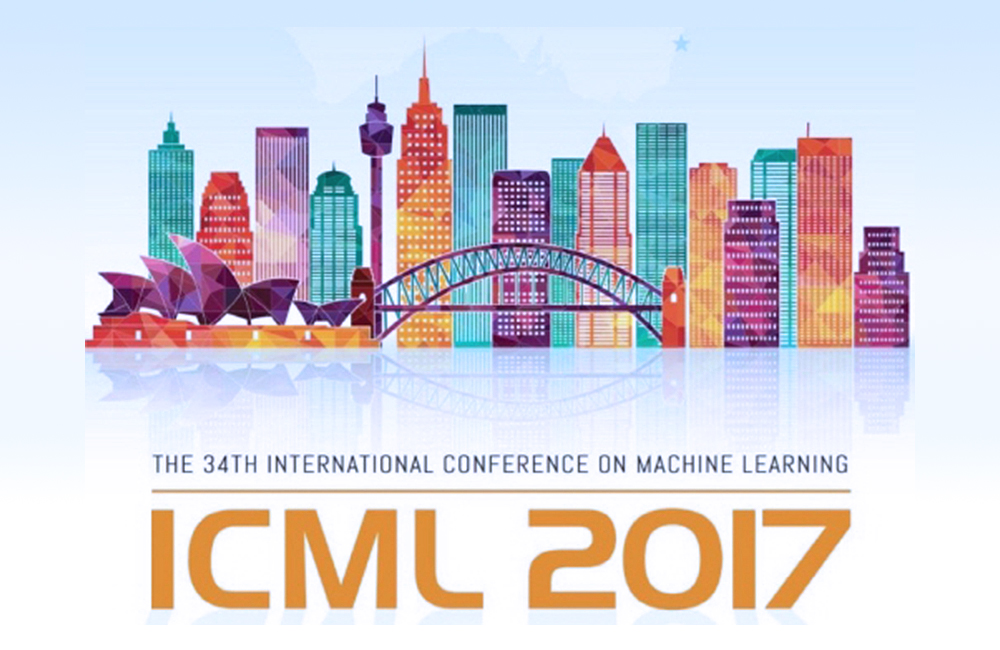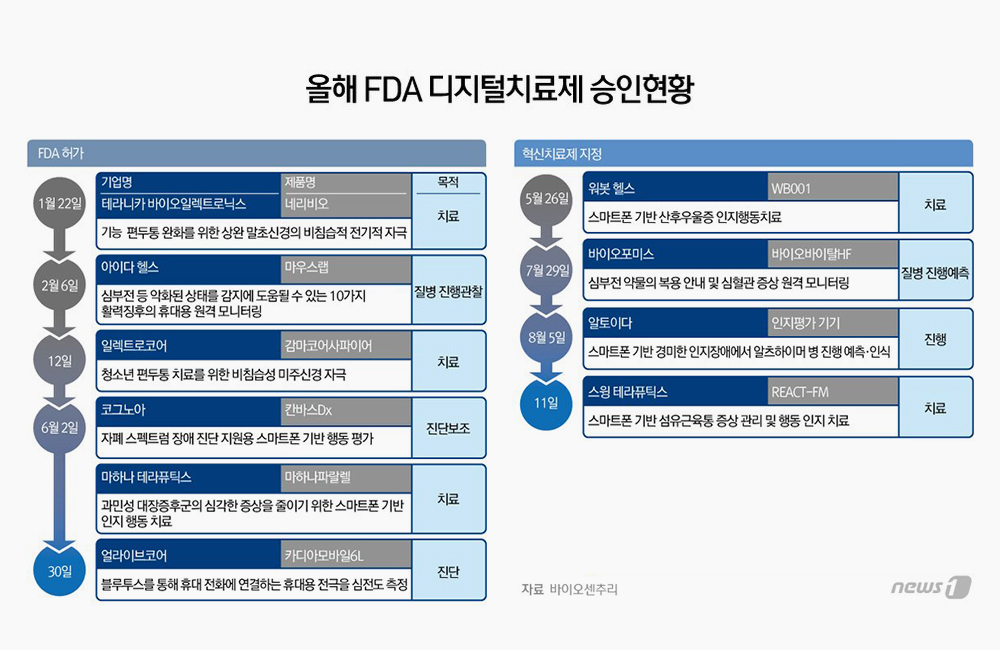Consumer interactions, clinical
point-of-care tasks, EHR workflows, clinician burnout – all these and more can
be tackled by automation and natural language processing.
The use of artificial intelligence by
healthcare provider organizations is on the rise. AI has truly been proving
itself in recent years, in both clinical and administrative settings.
One big AI technology is natural language
processing, or NLP. According to one recent survey, 36% of healthcare
organizations plan to implement NLP this year. Most healthcare organizations
are looking at NLP for consumer interactions. But one vendor player, Suki AI,
predicts that in the coming years, NLP will be used on a wider scale for
physicians at the point of care.
For one thing, the vendor says, NLP can
help with clinician burnout. The technology especially can assist with
administrative work.
Here, Punit Soni, CEO of Suki AI, discusses
with Healthcare IT News how NLP is being used and can be used in healthcare,
how NLP can diminish clinician burnout, and challenges healthcare CIOs face
when rolling out NLP.
Q. 36% of healthcare organizations plan to
implement NLP this year. What kinds of consumer interactions can NLP be used
for at healthcare organizations? Why does Suki AI predict in the coming years
NLP will be used on a wider scale for physicians at the point of care?
A. Use cases for AI now touch nearly every
aspect of healthcare. When it comes to extracting value from physician voice
notation, for example, what was out of reach just five years ago is now
creating expansive opportunities through techniques such as NLP and machine
learning.
Providers certainly have a unique
opportunity to use these advanced solutions to make better sense of the huge
volumes of data entering EHRs and other information systems on a regular basis.
Some obvious ways that providers are innovating in this area are through the
use of chatbots to handle simple, repetitive tasks or familiar patient
inquiries, and digital assistants to help streamline administrative workflows
such as clinical documentation.
In addition, healthcare organizations are
using NLP to help patients better understand their conditions and care plans,
whether through information provided through patient portals, pushed out to
mobile devices or delivered via intelligent, web-based chatbots.
Without a doubt, the industry will continue
to see adoption of NLP to support point-of-care activity and decision-making.
Similar to how consumers now regularly interact with digital assistants to
complete a variety of tasks, such as playing music or ordering groceries,
physicians will increasingly use voice to do what they need done.
Used in tandem with voice solutions, NLP is
powering everything from better documentation and more accurate billing to
population health initiatives and personalized care. The ability to rapidly
comb through data and provide better clinical decision support or identify gaps
in care when a patient is in front of a provider ultimately will help improve
outcomes and operational efficiency while reducing cost.
Q. Clinicians have to do so much
administrative work, especially with EHRs and ever-changing regulations. That
combined with COVID-19 has led to burnout, which can negatively affect patient
care. Fifty-five percent of frontline healthcare workers surveyed by KFF and
the Washington Post said they feel burned out when going to work. How can AI
and NLP help here?
A. AI and NLP are key to solving the
industry's physician burnout epidemic. These tools provide the right
combination of speed and intelligence to dramatically reduce administrative
burden and improve provider satisfaction.
Consider that voice-to-text tools have
existed in the industry for some time. When powered by advanced AI techniques,
these types of solutions take clinical documentation improvement to the next
level. NLP and natural language understanding (NLU) enables physicians to speak
naturally, not memorize rote commands, which creates an intuitive user
experience with minimal learning curve.
And when NLP is combined with machine
learning, solutions can become highly personalized to each user. These
solutions can learn the individual user's preferred terminology, documentation
formatting and much more, to create accurate clinical documentation that
reflects the user's thought processes and preferences. And all of these
benefits are available in real time, rather than hours later from solutions
that rely on human labor on the back-end.
These same techniques can be used to
streamline reporting and improve collaboration between clinicians. For example,
NLP can comb through free text in EHRs to extract keywords and standardize data
for analytics and information sharing.
Looking ahead, we expect that voice will be
the next revolution in user interfaces after mobile, and healthcare will be the
frontier in which this will play out.
Q. What are a couple of the challenges
healthcare CIOs face in the years ahead when rolling out AI and NLP
technologies, and how can they overcome them?
A. One of the greatest challenges to the
introduction of new technologies in healthcare is provider mistrust. While the
opportunities for generating significant return on investment are plentiful,
the industry has learned the hard way that clinician buy-in is key to adoption
and long-term success.
It's imperative that healthcare
organizations take the steps necessary to educate and bring providers into the
discussion of AI implementations early. In essence, give them a seat at the
table when it comes to choosing vendors and identifying appropriate solutions.
Healthcare organizations also face many
competing priorities when it comes to technology investments and rollouts – all
while operating within some of the tightest margins in recent history. While
the business case for AI and NLP often is an easy one to make, CIOs must still
present a clear ROI to the executive suite.
For example, in rural areas, where
healthcare organizations often face challenges attracting and retaining physician
talent, investment in AI and NLP could be a valuable recruitment and retention
tool.









